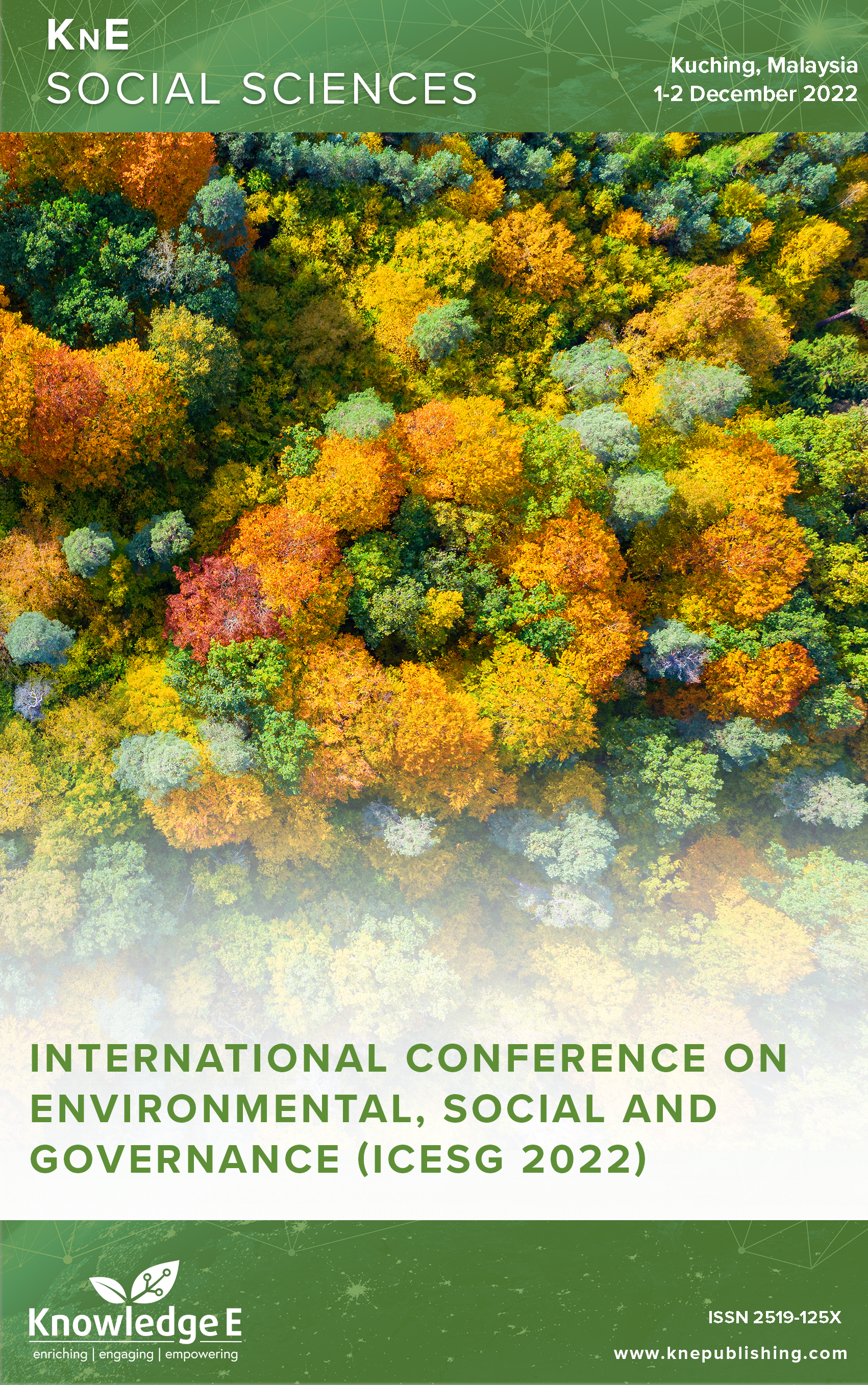Influence of Leadership Communication in Fostering Employees' Safety Commitment in Oil and Gas Industry
DOI:
https://doi.org/10.18502/kss.v8i20.14611Abstract
Over the span of decades, sustained research efforts have been dedicated to the realm of occupational safety and health practices within high-hazard work environments. This focus stems from the alarming frequency of accidents and injuries occurring within these settings. Recent research findings have consistently underscored the pivotal role of human factors – encompassing individual perspectives, communication, attitudes, and behaviors – as the chief catalysts behind such unfortunate incidents in high-risk workplaces. Nevertheless, the trajectory of these accidents and injuries can be altered, and the toll mitigated, by scrutinizing the safety commitment of employees. This commitment, crucial for ensuring safer work environments, can be cultivated through consistent interaction and communication with leaders. This interaction serves to enhance employees’ knowledge and awareness concerning safety practices. In this context, the current article delves into the profound impact of leadership communication on employees’ safety commitment within the oil and gas industry. Employing a quantitative approach, the study relied on survey-type questionnaires to fulfill its objectives. From maintenance and operation departments, a random selection of 260 technical employees participated as respondents. The findings convincingly establish that leadership communication exerts a substantial and significant influence on employees’ safety commitment.
Keywords: OSH, leadership, communication, safety commitment, oil and gas
References
Yılmaz M, Kanit R. A practical tool for estimating compulsory OHS costs of residential building construction projects in Turkey. Saf Sci. 2018;101:326–331.
Hinze J, Hallowell M, Baud K. Construction-safety best practices and relationships to safety performance. Journal of Construction Engineering and Management. 2013;139(10):040130060000751.
Han Y, Feng Z, Zhang J, Jin R, Aboagye-Nimo E. Employees’ safety perceptions of site hazard and accident scenes. Journal of Construction Engineering and Management. 2019;145(1):04018117.
Rafidah AR, Shahrina MN, Rohani S, Mumtaz AM. The Relationship of Safety Communication, LMX and Safety Commitment : conceptual Model. Australian Journal of Basic and Applied Sciences. 2014;8(April):169–174.
Saedi AM, Majid AA, Isa Z. Evaluation of safety climate differences among employees’ demographic variables: a cross-sectional study in two different-sized manufacturing industries in Malaysia. International Journal of Occupational Safety and Ergonomics. 2021 Sep;27(3):714–727.
Rafidah Abdul Rashid. Impact of safety communication on employees’ safety commitment in an oil and gas company: The moderating role of leader-member exchange. Universiti Teknologi PETRONAS. 2016.
Sordani Y. (2011). The Relationship Between Safety Climate and Safety Commitment: A Case Study in Alps Electric (Malaysia) Sdn Bhd. Retrievedfrom http://etd.uum.edu.my/2865/
Michael JH, Guo ZG, Wiedenbeck JK, Ray CD. Production supervisor impacts on subordinates’ safety outcomes: an investigation of leader-member exchange and safety communication. J Safety Res. 2006;37(5):469–477.
Hughes P, Ed Ferrett. Introduction to Health and Safety at Work (2nd Editio). Routledge. 2005.
Gupta A. Industrial safety and environment. 2007.
Azir S. Safety Behavior in the Malaysian Petrochemical Industry. PhD. thesis, Universiti Utara Malaysia. 2010.
Cooper D. Measurement of Safety Climate : A Component The core features of Safety Climate. Institute of Occupational Safety & Health. 1995;1(317).
Wu T, Chen C, Li C. A correlation among safety leadership, safety climate and safety performance. 2008;21:307–318. https://doi.org/10.1016/j.jlp.2007.11.001
Mahmood R, Mohd FM, Fadzli Shah Abd Aziz AS. Safety Behaviour: the Role of Safety Commitment. International Conference. 2010:1–12.
George D, Mallery P. SPSS for Windows step by step: a simple guide and reference,17.0 update. 10th edition. Boston: Allyn & Bacon; 2010. DOI

